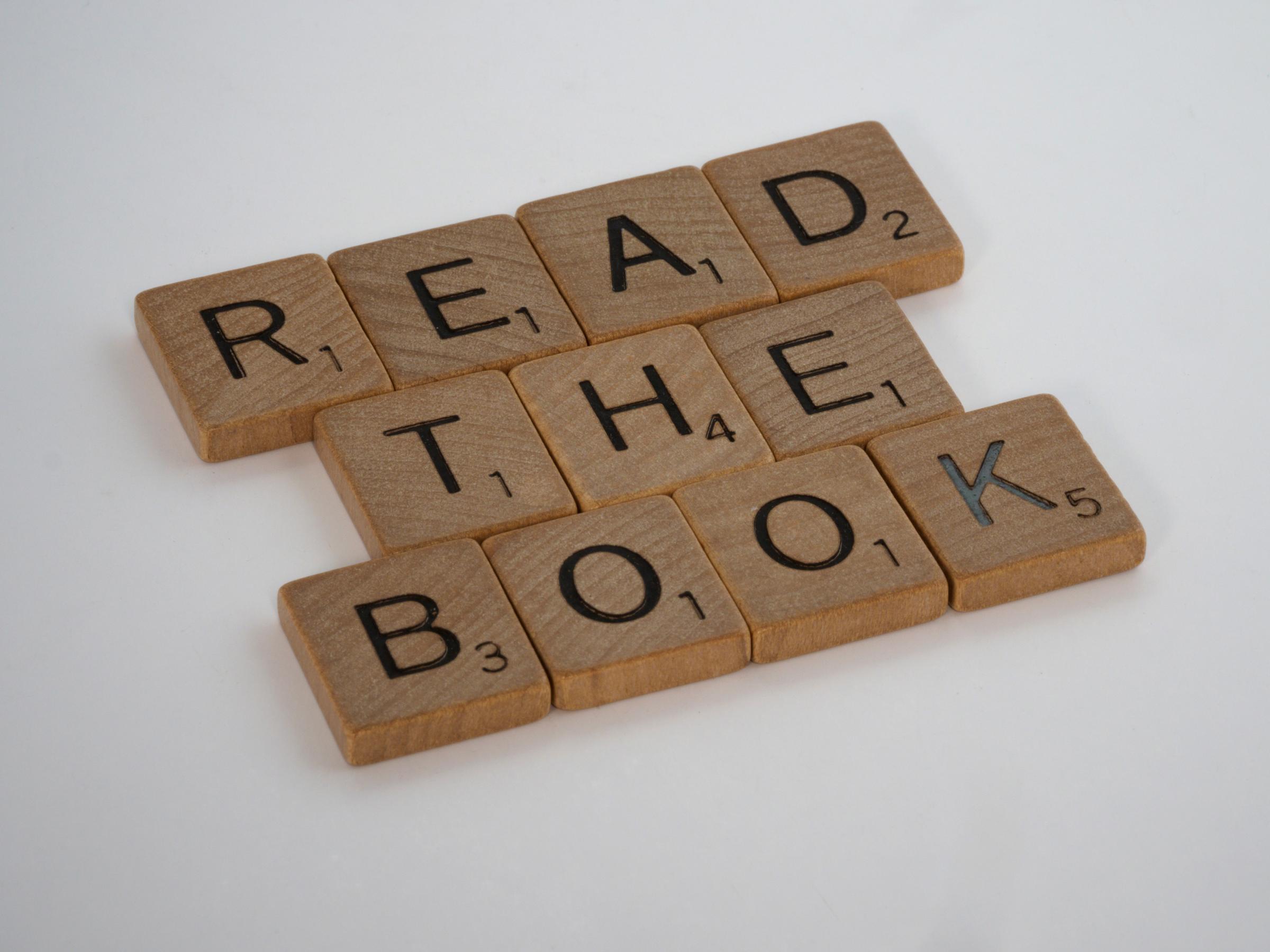Literacy
Emma Mallia

Literacy
Emma Mallia
Key Literacy Term - Morphology
Over the holidays, I went to the art gallery and as is often the case, when reading about each of the different art pieces, I came across many words for which I did not immediately know the meaning. One such example is the word, ‘anthropomorphisation’. As I stood there in the gallery, looking at this word, I was able to apply my knowledge of morphology to try to figure it out. I know that the prefix ‘anthro’ is connected to the study of humans, I recognised the word ‘morph’, and I also know that the suffix ‘ation’ describes the process of doing something. Using this information, I was able to work out that ‘anthropomorphisation’ has something to do with transforming an object into something human-like. In this example, tree branches and sticks had been used to represent school teachers!
For me, this example highlighted the importance of teaching our students to use morphology to accurately read and spell words. Morphology focuses on the smallest units of meaning in a language, such as roots, prefixes, and suffixes. By mastering these building blocks, students can enhance their literacy skills, making reading and spelling more intuitive and less reliant on memorisation. Morphology instruction begins in the Foundation years, and extends all the way through to Year Six and beyond. At a Foundation level, it can be as simple as understanding that the letter ‘s’ on the end of a noun makes a plural. As students progress, they investigate less common prefixes and suffixes and consider how these change the meaning of the root word.
Like everything we do here at BNWPS, the teachers aim to make morphology study playful and engaging through games, word sorts, and creative activities that encourage students to experiment with word formation. By emphasising the significance of word parts, we are equipping students with tools to become more confident and proficient readers and spellers.